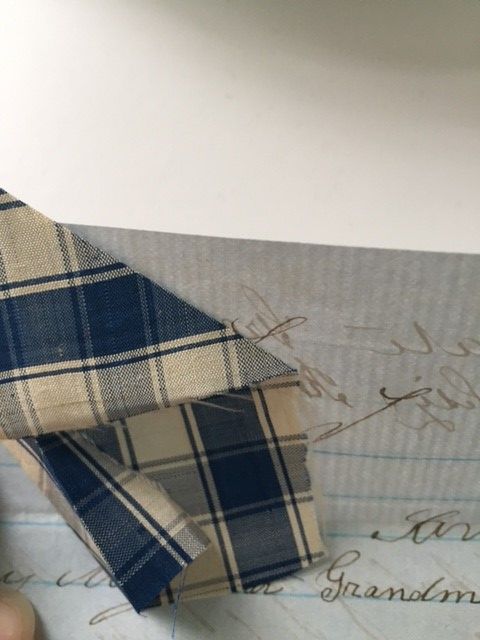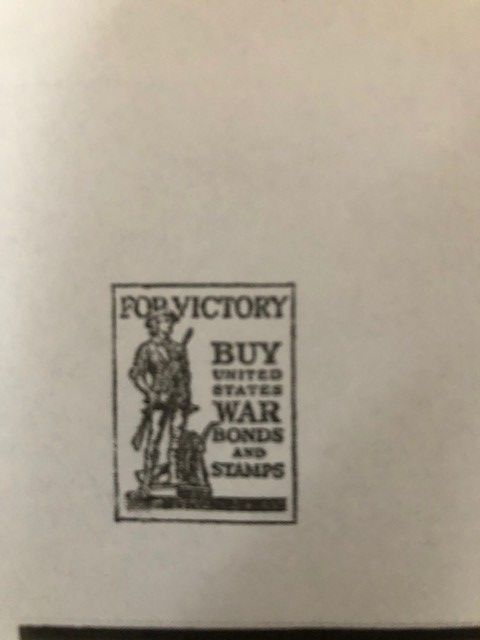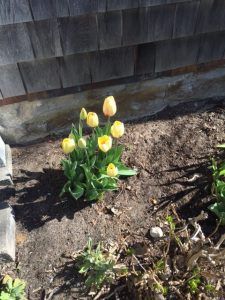Spring Has Sprung
Or at least the tulips and daffodils have! I planted these in the fall and while tulips do not seem to have been in William Mitchell’s list of garden plants – I think he may have had them. The list, which I have mentioned before, was written in summer by John Quincy Adams – the season after that of daffodils and tulips. I am particularly fond of the ones I planted this fall – “Beauty of Spring.” While not a historic variety, tulips are an incredibly old bulb. Are you familiar with the Dutch craze for tulips in the 1600s? At its high point, some tulip bulbs sold for more than some people earned in a year! There are numerous books written about the history of the tulip, including some fictional accounts for children, and it’s an incredible tale.
Tulips were supposedly first cultivated in the Ottoman Empire in the tenth century. By the 1600s, during the “craze,” some of the bulbs were used as money until the craze crashed later in the 1630s. Today, tulips are still synonymous with Holland.
Daffodils are ancient flower – older than the tulip. My favorite variety which I have planted in the past at Mitchell House is “Poeticus” or Pheasant’s Eye – it is white with a dark ring at the very center – sort of looking like an eye – and it has the most wonderful scent of any daffodil. They come out later in May or early June. But this year, I opted to add in some of the big bright yellow daffodils that everyone thinks of. Why? Because William Mitchell, though a Quaker, loved bright colors and I think he would love to see this shocking yellow on Vestal Street.
JNLF
Recent Posts







